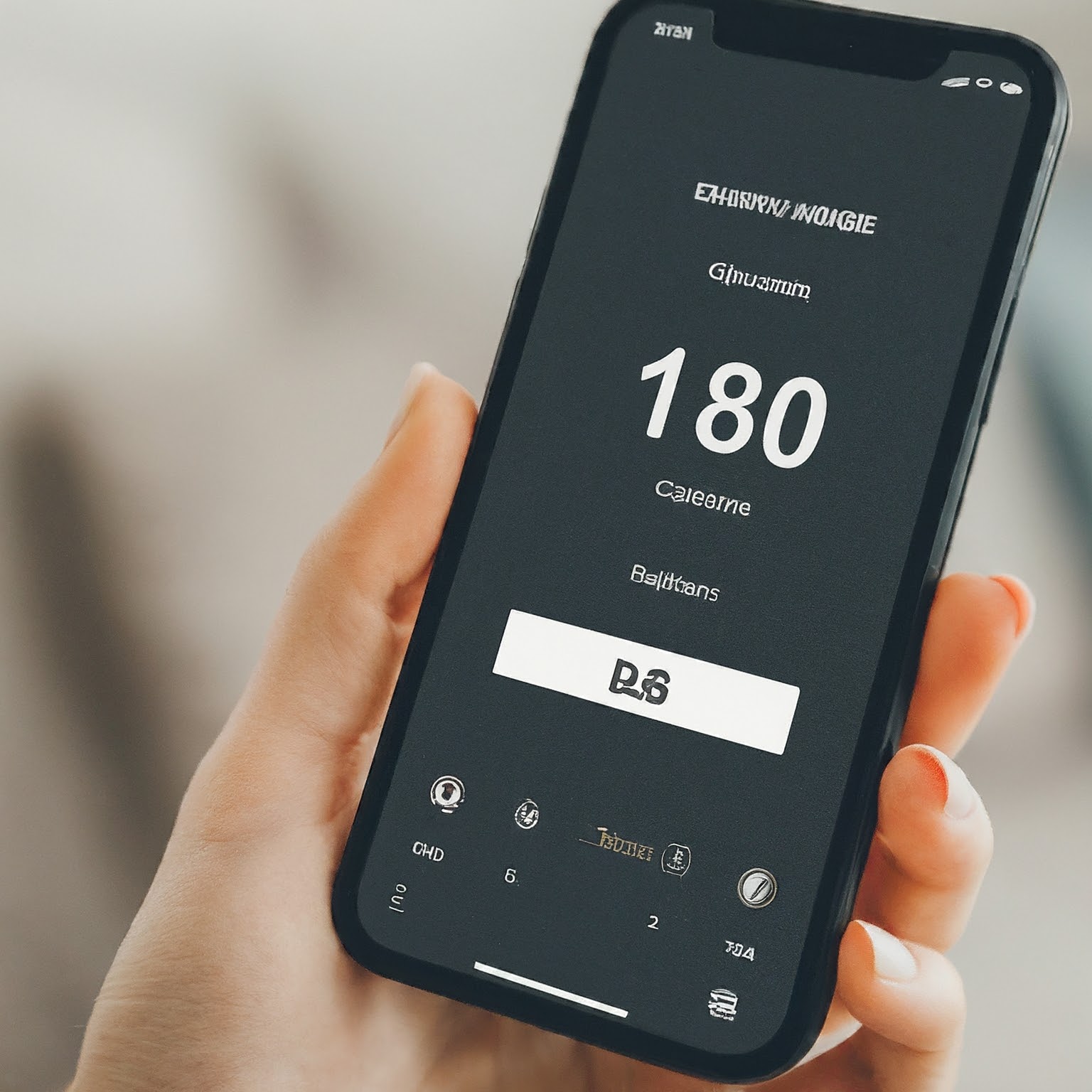A country code for phone number is a numerical prefix used to identify a specific country when making international calls. It’s essential for connecting callers to the correct geographical location. These codes are standardized by the International Telecommunication Union (ITU) to ensure global interoperability.
How Country Codes Work
To make an international call, you typically dial the following sequence:
- International dialing prefix: This varies by country but is commonly “00” or “+”.
- Country code: The specific code for the desired country.
- Area code: The code for the specific region or city within the country.
- Local phone number: The subscriber’s number.
For example, to call a number in the United States, you might dial:
- From the US: 011 + 1 + area code + local number
- From the UK: 00 + 1 + area code + local number
Importance of Country Codes
Country codes are fundamental to the global telecommunications system. They enable:
- International calling: Connecting people across borders.
- Mobile roaming: Allowing phones to work in different countries.
- Online services: Verifying user locations for various online platforms.
- Emergency services: Routing calls to the appropriate authorities.
How Country Codes are Assigned
Country codes are allocated by the ITU based on a variety of factors, including:
- Geographical location: Countries in the same region often have similar codes.
- Population size: Larger countries may have shorter codes for efficiency.
- Historical factors: Some codes reflect the historical development of telecommunications.
Common Misconceptions About Country Codes
- Country codes are the same as area codes: Country codes identify the country, while area codes specify a region within a country.
- All countries have three-digit country codes: While many do, some have two or even one-digit codes.
- Country codes never change: While rare, country codes can change due to political or technological reasons.
Finding a Country Code
There are numerous online resources and mobile apps that provide country code information. Some popular options include:
- Country code websites: Dedicated websites offer comprehensive lists of country codes.
- Mobile apps: Many calling apps include built-in country code directories.
- Phone carriers: Most carriers provide country code information through customer service.
Challenges and Future Trends
While country codes are essential, they also present challenges:
- Overlapping codes: Some countries share the same country code, leading to confusion.
- Non-geographic numbers: The increasing use of VoIP and virtual numbers can complicate matters.
- Code changes: Updates to country codes can disrupt services if not managed properly.
Future trends in telecommunications, such as the growth of satellite-based communication and the Internet of Things, may require adaptations to the country code system.
Conclusion
Country codes are the backbone of international communication. Understanding their role and how to use them is crucial in today’s interconnected world. As technology continues to evolve, the country code system will likely face new challenges and opportunities.

لا تعليق